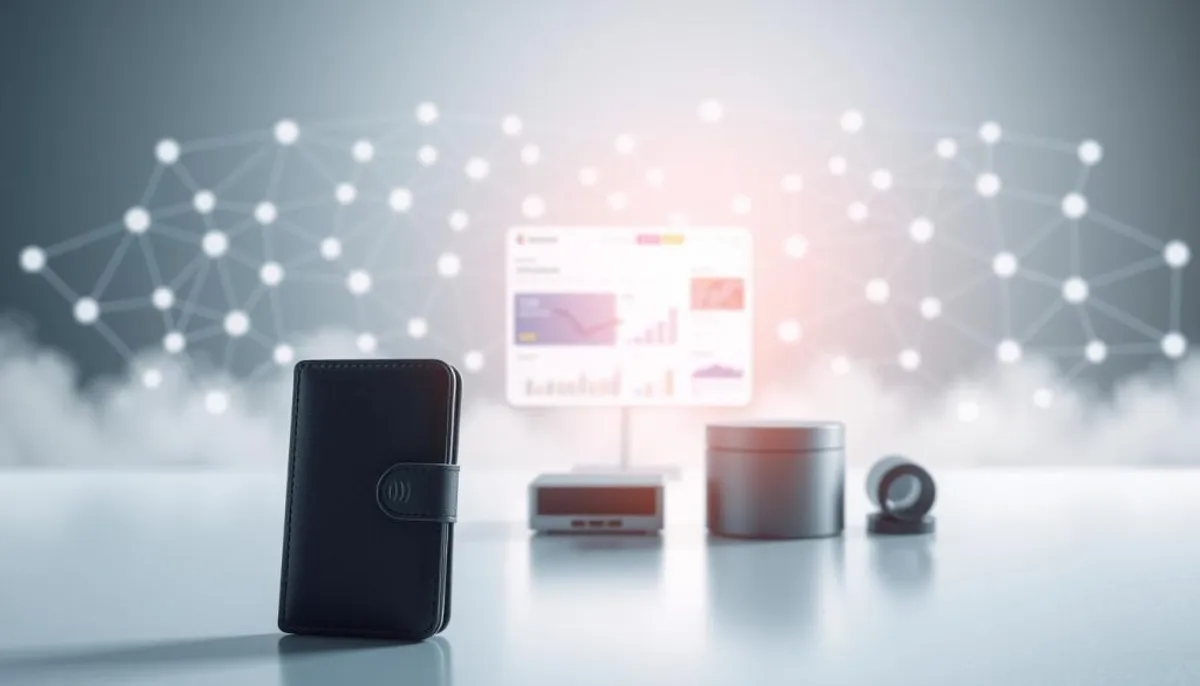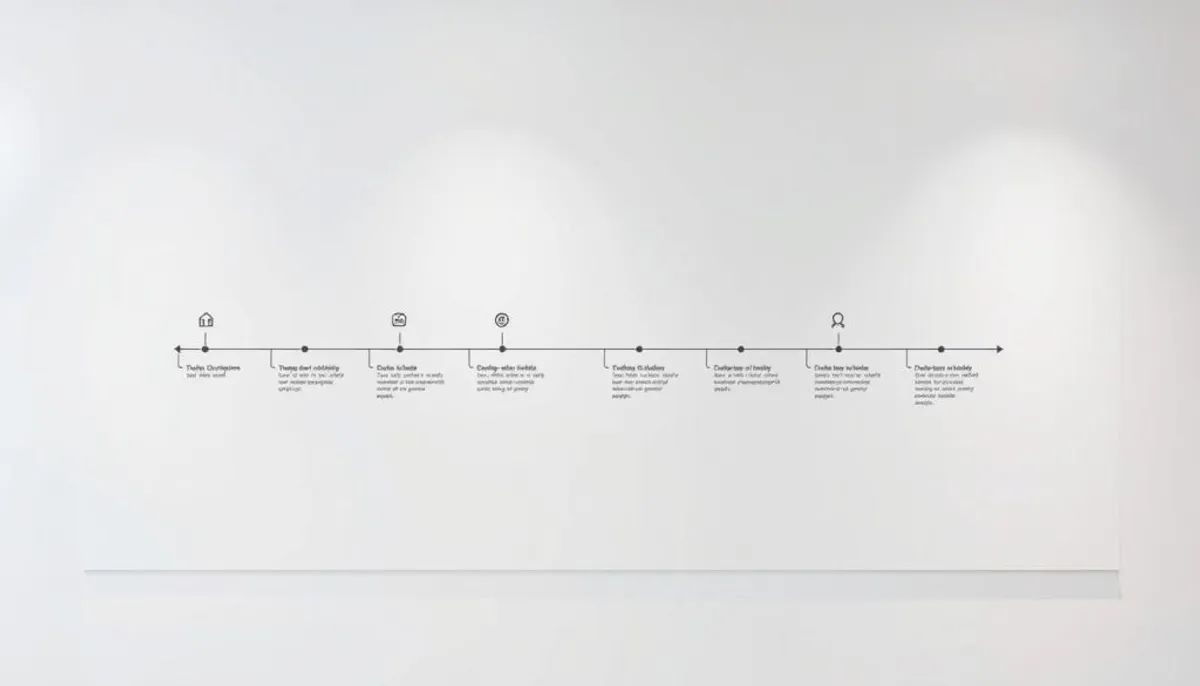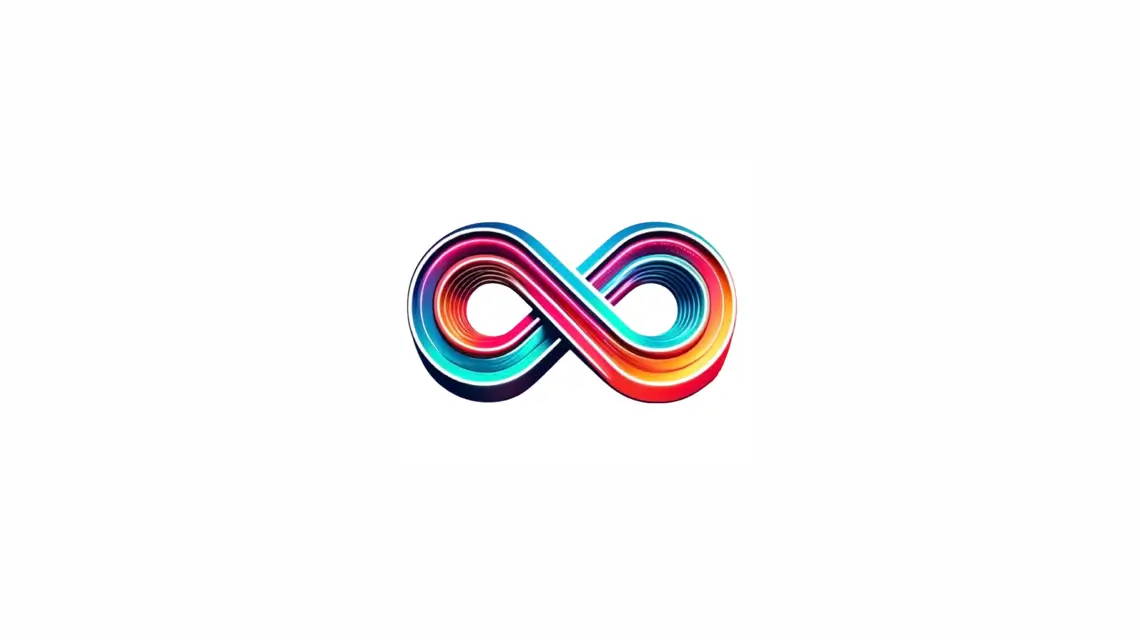Are you weary of the relentless pursuit of payments and the unpredictable nature of cash flow? The answer might be more straightforward than anticipated. The key could lie in the consistent application of payment processing and invoice management strategies. By adopting steady practices, you can revolutionize your financial outlook and significantly enhance your likelihood of timely payments.

Troy Hipolito, a seasoned business advisor, posits that consistency is the cornerstone of trust and enduring success. It’s not about achieving overnight success; it’s about the sustained effort over an extended period. In fact, it frequently takes 90 days or more to witness tangible shifts in payment habits. By adhering to a consistent methodology, you’ll establish a dependable revenue stream and fortify your client relationships.
Let’s dissect how you can leverage consistency for timely payments. We will examine actionable steps to refine your invoice management and streamline payment processing. These methodologies will fortify your business’s financial base, even amidst economic adversity.
Key Takeaways
- Consistency in payment processes leads to more reliable income
- It takes about 90 days to see significant improvements in payment patterns
- Regular invoice management practices build trust with clients
- Steady payment processing routines enhance overall financial health
- Consistent approaches work even during tough economic times
Create a step-by-step collections timeline
Developing a structured collections timeline is essential for optimizing accounts receivable and sustaining cash flow. A consistent method aids in the effective management of overdue invoices, ultimately refining financial workflows.

Day 1 – Friendly email
The initial step involves a friendly reminder email. This sets the tone for subsequent interactions, acting as a gentle prompt for payment. Include critical details like invoice numbers, due amounts, and payment options to expedite a response.
Day 7 – Follow-up call
After a week, if payment is not received, proceed with a follow-up call. This direct approach instills urgency and offers a platform to address any client concerns. Maintain a professional demeanor while stressing the significance of timely payment.
Day 14 – Payment demand letter
Send a formal payment demand letter two weeks post-initial email. This document should explicitly outline the repercussions of non-payment, such as late fees or legal action. Strive for a balance between firmness and professionalism to uphold the client relationship while asserting payment rights.
| Timeline | Action | Payment Probability |
|---|---|---|
| Day 1-7 | Friendly email | 85% |
| Day 8-14 | Follow-up call | 75% |
| Day 15-30 | Payment demand letter | 69.6% |
| Day 31-180 | Escalated collection efforts | 52.1% |
| After 1 year | Debt collection agency | 22.8% |
Adhering to this timeline can significantly enhance your accounts receivable process. Consistency is vital in managing financial workflows and ensuring timely payments. Integrate these steps with robust payroll solutions to streamline your financial operations.
Train your team
Effective team training is essential for maintaining consistency in payment collection processes. A well-designed training program ensures all team members are familiar with your collection procedures. This familiarity leads to more efficient operations and enhanced customer experiences.
Ensure everyone follows the same process
Develop clear, straightforward guidelines for your team. Include scripts for client interactions and detailed procedures for different payment scenarios. Standardizing these processes helps build momentum and makes them feel automatic for your team.

Use consistent language when communicating with debtors
Consistent language in debtor communications maintains professionalism and prevents misunderstandings. It can also expedite the payment process. Equip your team with examples of effective phrases for various scenarios, from gentle reminders to assertive collection efforts.
| Training Element | Benefits |
|---|---|
| Standardized Processes | Improved efficiency, consistent customer experience |
| Communication Scripts | Professionalism, clarity in debtor interactions |
| Payment Scenario Training | Faster issue resolution, increased payment collection |
By prioritizing thorough team training, you establish a strong foundation for effective Billing Automation and streamlined Online Payments. This strategy ensures your team can confidently navigate various Payment Gateways and handle diverse collection scenarios with proficiency.
Document everything
Accurate recordkeeping is essential for efficient Salary Disbursement and Payment Processing. By documenting every interaction, you establish a clear trail of your efforts to get paid. This not only safeguards your business but also simplifies future transactions.
Keep records of every interaction
It is vital to maintain detailed logs of all client communications, payment agreements, and collection efforts. Utilizing customer relationship management (CRM) software can streamline this process. Record specific details for each interaction, including:
- Date and time of contact
- Method of communication (email, phone, in-person)
- Summary of discussion
- Any promises or commitments made
- Follow-up actions required
Provide proof of due diligence
Thorough documentation acts as proof of your diligence in Payment Processing. It is invaluable in case of disputes or legal issues. Store all records securely and ensure they are easily accessible when needed.
Avoid “he said, she said” disputes
Comprehensive documentation prevents misunderstandings and disagreements. With clear records, you can easily refer back to previous conversations and agreements. This eliminates confusion and prevents conflicts in the Salary Disbursement process.
| Document Type | Retention Period | Importance |
|---|---|---|
| Employment tax records | Minimum 4 years | Critical for tax compliance |
| Expense receipts | 3-7 years | Substantiate deductions |
| Payment agreements | Duration of contract + 2 years | Avoid payment disputes |
Use technology
In today’s digital age, leveraging technology is essential for streamlining invoice management and accounts receivable processes. By investing in the right tools, you can automate reminders, track overdue accounts, and monitor customer payment history with ease.
Invest in software to automate reminders
Implementing invoicing apps can significantly speed up payment reminders. This boosts your chances of timely payments without seeming confrontational. With 63% of freelancers facing payment delays, automated reminders become indispensable. These tools can also help manage PayPal transaction fees, which typically amount to 3.49% + $0.49 per transaction.
Track overdue accounts
Payroll solutions with tracking features allow you to efficiently monitor overdue accounts. This is vital when dealing with international clients, as bank transfer fees can range from $20 to $70. By closely monitoring accounts, you can address payment issues promptly and decide when to pause work on long-term projects if deadlines aren’t met.
Monitor customer payment history
Accounts receivable software enables you to analyze customer payment patterns. This insight is key in setting appropriate payment terms, such as requiring a 30% to 50% deposit for contracted work. By understanding payment histories, you can make informed decisions about credit policies and negotiate better terms. This could potentially increase your target salary by up to 50% to reflect your true worth in the market.
FAQ
Why is consistency important in getting paid?
Consistency is vital for establishing reliable income streams. It enhances client relationships and fortifies your business’s financial base. By adopting consistent practices, you can achieve a more predictable cash flow. This reduces the stress associated with irregular payments.
What should a step-by-step collections timeline look like?
A standard collections timeline involves three phases. First, send a friendly reminder email on day 1 after the payment is due. Then, follow up with a call on day 7. Lastly, issue a payment demand letter on day 14. This approach maintains professionalism while stressing the urgency of timely payments.
How can I train my team to maintain consistency in payment collection?
To train your team, develop a detailed program with standardized processes and clear guidelines. Ensure all team members adhere to the same procedures and use consistent language in client communications. This leads to more efficient operations and better customer experiences.
Why is documentation important in the payment collection process?
Detailed documentation is essential. It proves due diligence, protects your business from disputes, and avoids ambiguity. Keep records of all interactions with clients, including payment agreements and collection efforts. This ensures clarity and evidence for future reference.
How can technology improve payment collection processes?
Technology significantly enhances payment collection by automating reminders and tracking overdue accounts. It also monitors customer payment history. Investing in software solutions reduces manual workload, ensures consistent follow-ups, and aids in making informed payment term decisions.
What types of software are available for managing accounts receivable?
Various software solutions exist, from simple invoicing tools to full accounts receivable management systems. These offer features like automated reminders, overdue account tracking, and customer payment history analysis. Select a solution that aligns with your business needs and growth.
How can I maintain positive client relationships while enforcing payment policies?
Foster positive client relationships through professional and friendly communication during the payment collection process. Be consistent, use clear language, and provide multiple payment options. Express gratitude for their business while firmly communicating the need for timely payments.
What information should be included in a payment demand letter?
A payment demand letter should detail the outstanding amount, original due date, and any late fees or interest. Include a firm payment deadline and the consequences of non-payment. Aim for a balance between assertiveness and professionalism in the letter’s tone.
How can I streamline my billing automation process?
Streamline billing automation by integrating your invoicing system with your payment gateway and accounting software. This integration automates invoice generation, payment reminders, and record-keeping. Consider adding multiple payment options to facilitate prompt payments.
What are the benefits of monitoring customer payment history?
Monitoring payment history helps identify patterns and anticipate issues. It enables informed decisions on credit terms. This approach improves cash flow and reduces bad debt risk by prioritizing collection efforts and adjusting payment terms.
RelatedRelated articles



